How to Process and Clean Beeswax
There’s no doubt beeswax is an amazing resource with a wide variety of applications. Discoveries in archaeology show us beeswax has been collected and used by cultures for thousands of years. Even the ancient Egyptians used it as part of their haircare, creating cones of beeswax scented with perfumes and aromatics that would melt down over their hair (often a wig). Nowadays, we typically use beeswax quite differently. It’s used for things like lip balms, candles, waterproofing, conditioning, and more. Even though we might have found additional uses for it today, the process of cleaning beeswax is actually quite similar to what we’ve found in archaeology — heat, water, and a filter.
As a beekeeper, there are a few different methods you can use to help clean and process even old comb into usable wax. One of my favorite methods is cheap, simple, and involves aluminum double roasting pans. At nearly any grocery store you can obtain all you need for this process. Grab a couple roasting pans, one deep, one shallow. Make sure the shallow one is large enough to fit on top of the large one, with space in between. I think I found ones that were the same length and width, but one that was half as deep.
Take your shallower roasting pan and punch holes all in the bottom of it, from the inside out. Next, take your large roasting pan and fill it with water 2-3 inches deep. Place the smaller, perforated pan nested into the larger one. Place a single layer of paper towels on the inside of the shallow pan.
Now, place whatever beeswax, comb, or cappings you have into the shallow pan and place the whole thing in your oven. The melting point of beeswax is about 150 degrees Fahrenheit, so I usually set mine to 200 degrees. The flashpoint for beeswax is around 490 degrees. Definitely don’t heat it too high, or it might not be safe and any impurities in the wax are likely to start “cooking” and make your wax smell bad.
Check on your beeswax periodically until it’s all melted down through the top pan. The paper towels act as a filter and catch much of the dirt and impurities. After it’s all melted down, turn off the oven and let it cool, ideally overnight. Don’t take the pan out or stir up the water and wax in the bottom pan. If you stir it up too much, the scum will mix with the wax and cool together.
If you leave it to set, the beeswax will float atop the water bath, with a layer of “scum” on the bottom of it. This scum can be scraped off with a knife, leaving you with a nearly-pure cake of clean beeswax to either further refine by repeating the process, or use right away.
There you have it! An easy way to process and refine your own beeswax for use. Now get out there and make something with it 🙂
Nate Loper

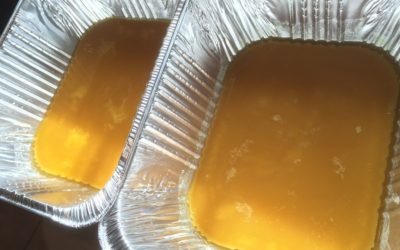
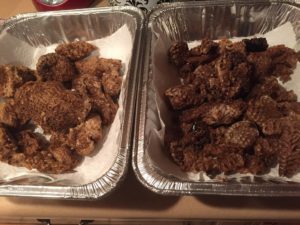

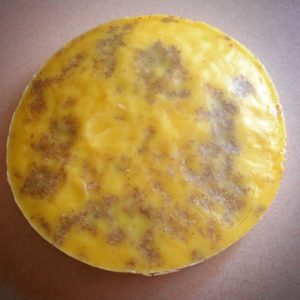
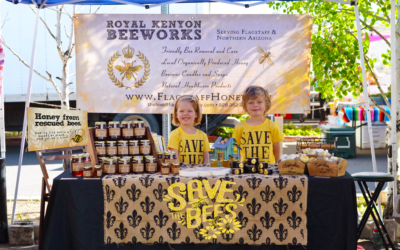
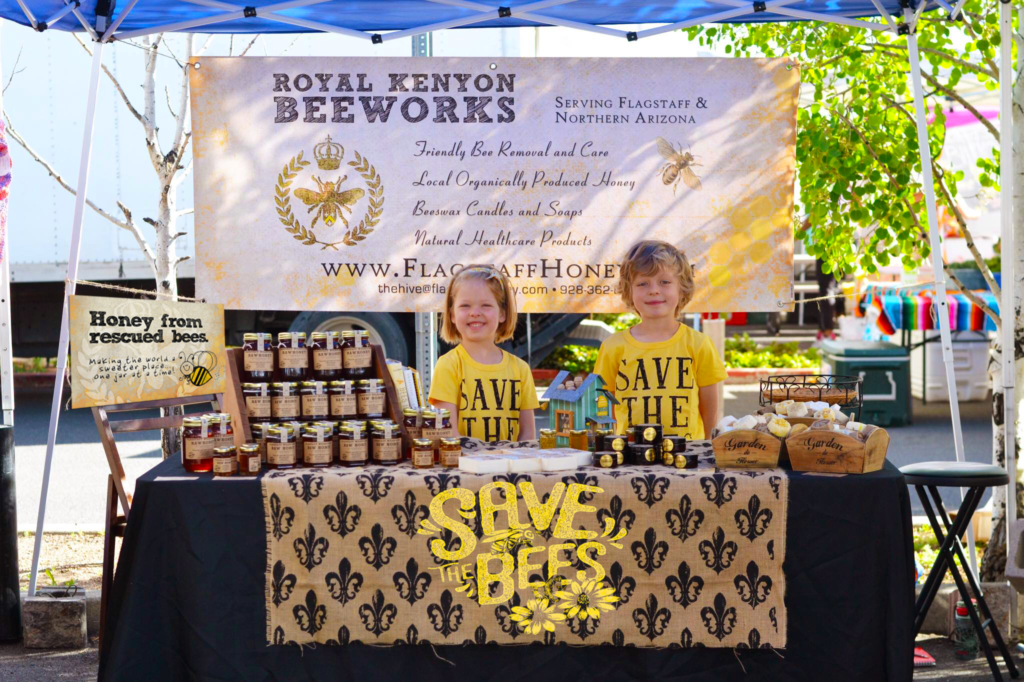


 Spring is nearly here! Although we just had a pretty good snowstorm here in Flagstaff which dropped 16 inches of new powder, the days just afterward have been nice and sunny. Already we’ve heard birds starting to be more active and visit our backyard feeders. Getting really excited for the warm season around here!
Spring is nearly here! Although we just had a pretty good snowstorm here in Flagstaff which dropped 16 inches of new powder, the days just afterward have been nice and sunny. Already we’ve heard birds starting to be more active and visit our backyard feeders. Getting really excited for the warm season around here! To keep warm they ball together as a group and collectively vibrate their tiny little bee bodies to produce warmth, slowing moving in and out in a spiral-like fashion around the queen to keep her warm. Penguins often do a similar thing in the Antarctic, rotating in and out of the central warmth. Pretty clever, eh?
To keep warm they ball together as a group and collectively vibrate their tiny little bee bodies to produce warmth, slowing moving in and out in a spiral-like fashion around the queen to keep her warm. Penguins often do a similar thing in the Antarctic, rotating in and out of the central warmth. Pretty clever, eh?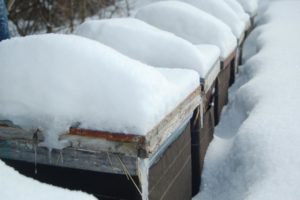 People often ask if our bees do well through the winter. And the answer is a resounding YES! As long as beekeepers aren’t selfish by taking all the honey stores, but leave the bees their fair share of honey to live on, they’ll be just fine. Maybe the colder winter temps up here are what have helped keep much of the Africanized bees from moving in. We certainly see far fewer than fellow beekeepers do in the south side of the state. Sounds like a good research project…
People often ask if our bees do well through the winter. And the answer is a resounding YES! As long as beekeepers aren’t selfish by taking all the honey stores, but leave the bees their fair share of honey to live on, they’ll be just fine. Maybe the colder winter temps up here are what have helped keep much of the Africanized bees from moving in. We certainly see far fewer than fellow beekeepers do in the south side of the state. Sounds like a good research project…